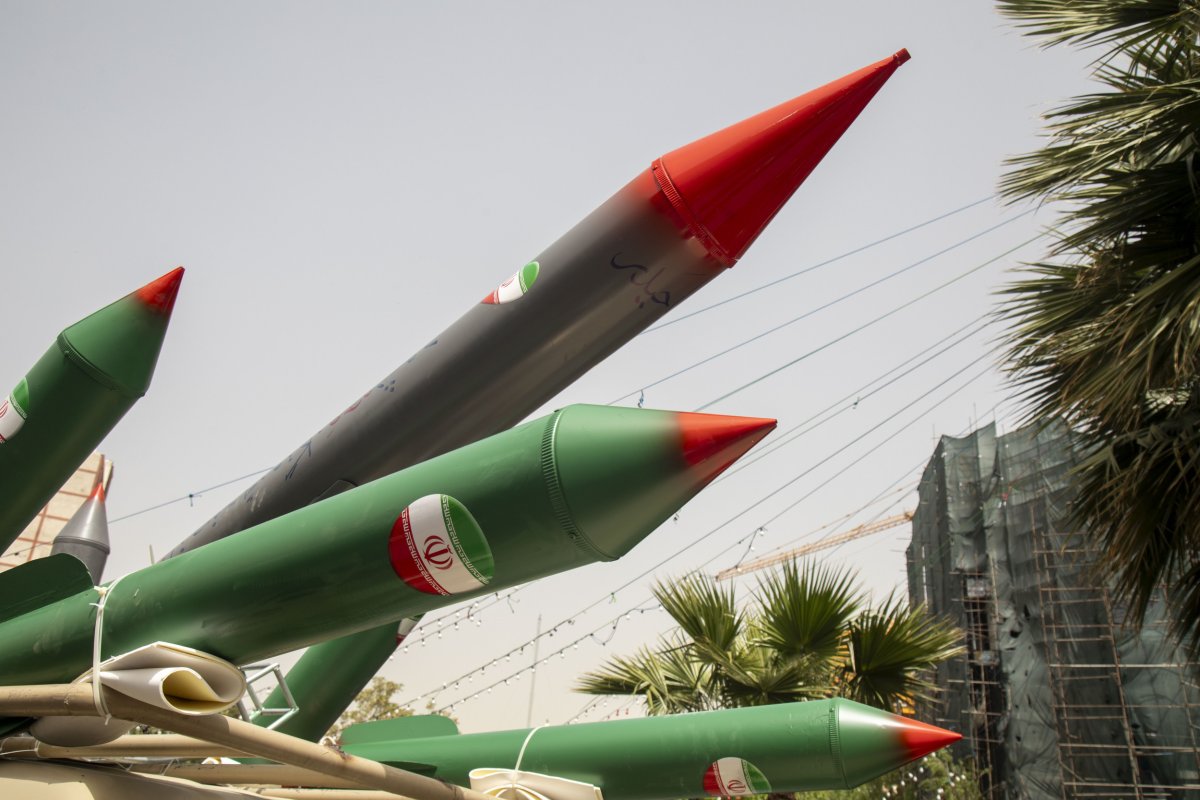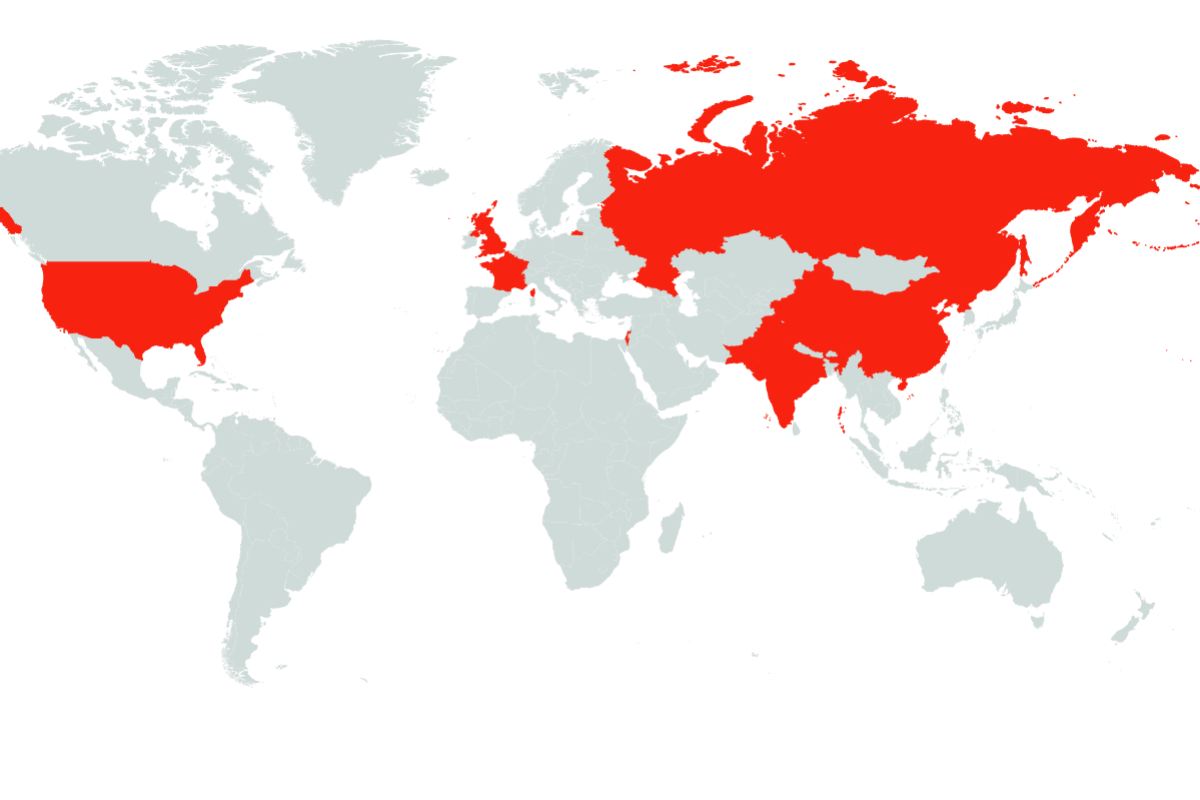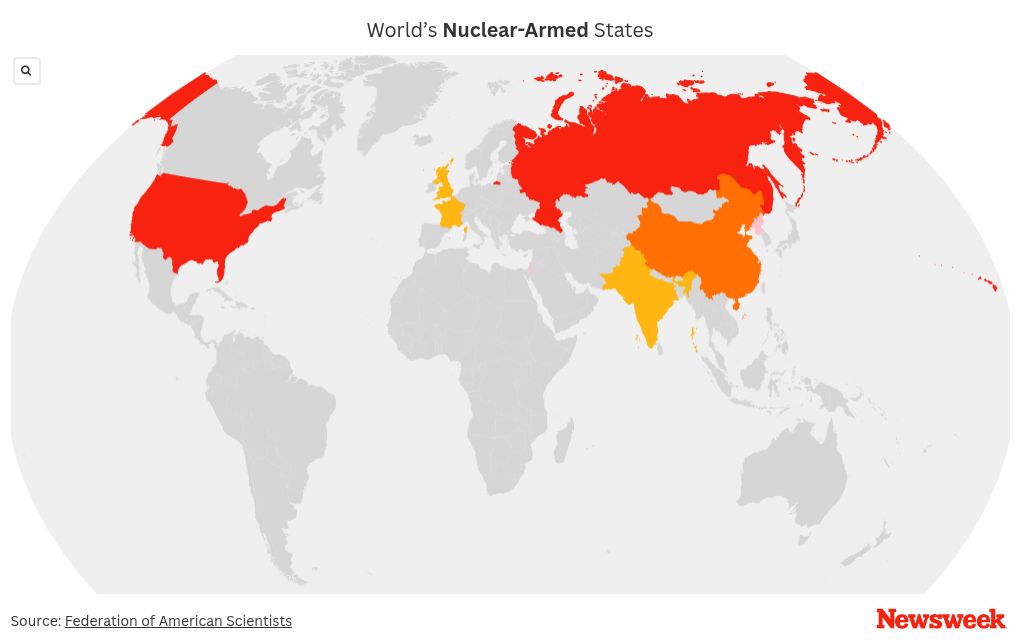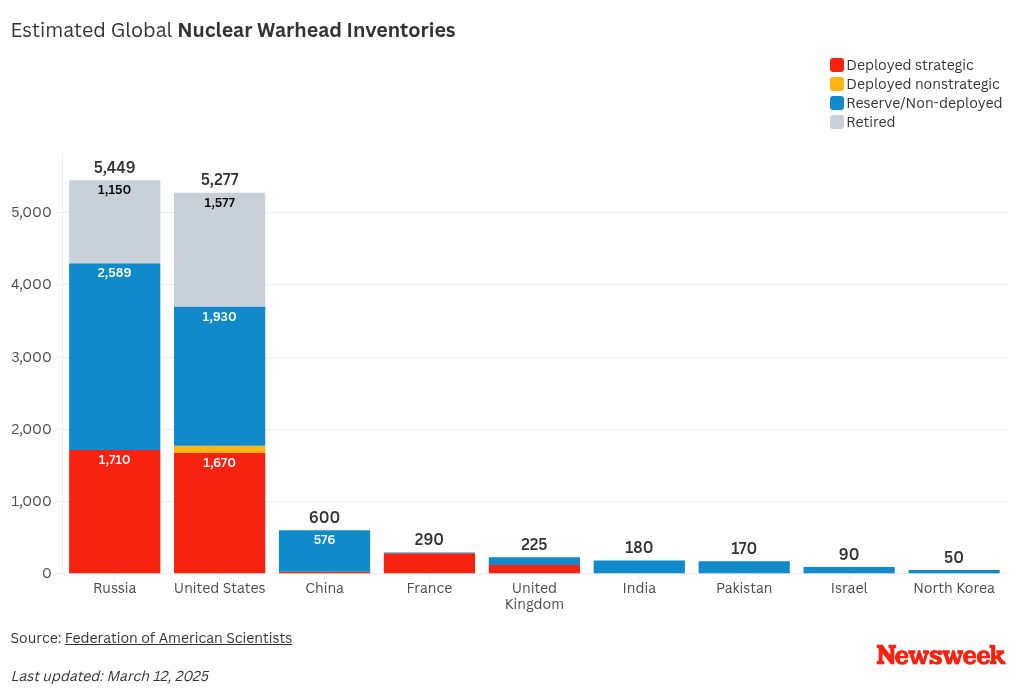In a surprise move, Iran has agreed to enter “good faith” talks with the U.S. on a possible deal over its nuclear program.
The announcement, made by Iranian Foreign Ministry spokesperson Esmaeil Baqaei on X (formerly Twitter), comes after Tehran had previously rejected U.S. President Donald Trump’s “maximalist pressure” campaign—including an ultimatum to return to negotiations or face military action.
“America should appreciate this decision, which was made despite their hostile rhetoric,” Baqaei wrote.
Why It Matters
The planned talks come amid broader regional tensions, including two missile and drone attacks by Iran and its proxies against Israel last year, and ongoing U.S. airstrikes against Tehran-backed Houthi rebels in Yemen.
Iran is now believed to possess enough highly enriched uranium for multiple nuclear warheads. Washington has accused Tehran of preparing to weaponize its nuclear program, though Iran maintains that its decades-old effort is purely for civilian energy purposes.
What To Know
The Washington-based Institute for Science and International Security on Tuesday updated its “Iran Threat Geiger Counter”—a tool the think tank uses to assess the level of nuclear risk Iran poses to the U.S. and its allies. The counter considers factors such as transparency, hostile actions, rhetoric, and technical capabilities.
The score rose from 151 to 157 out of 180 since it was last updated in February, keeping Iran firmly in the tool’s “extreme danger” category.
The Trump administration previously abandoned an Obama-era nuclear agreement, which had allowed international inspections of Iran’s facilities, arguing it failed to fully block Iran’s path to becoming the world’s 10th confirmed nuclear weapons state.
Today, there are an estimated 12,330 nuclear warheads globally, with Russia and the U.S. accounting for about 88 percent of the total, according to the Federation of American Scientists.
China ranks a distant third with around 600 warheads—triple what the Pentagon estimated in 2020—as Beijing continues its rapid military buildup in line with President Xi Jinping‘s goal of developing a “world-class military” by 2049.

Demonstrators gather with dummy missiles to protest Israel’s attacks on Gaza in Tehran, Iran, on April 9, 2025.
Demonstrators gather with dummy missiles to protest Israel’s attacks on Gaza in Tehran, Iran, on April 9, 2025.
Majid Saeedi/Getty Images
Iran’s regional rival and arch foe, Israel, is believed to have around 90 nuclear warheads, although it has never officially acknowledged possessing them.
What’s Been Said
The Federation of American Scientists wrote in a March report: “The United States is still reducing its nuclear stockpile slowly. France and Israel have relatively stable inventories. But China, India, North Korea, Pakistan and the United Kingdom, as well as possibly Russia, are all thought to be increasing their stockpiles.”
What’s Next?
It’s unclear whether Iran will commit to concrete limits on enrichment or allow international inspectors greater access after any talks with Washington.


